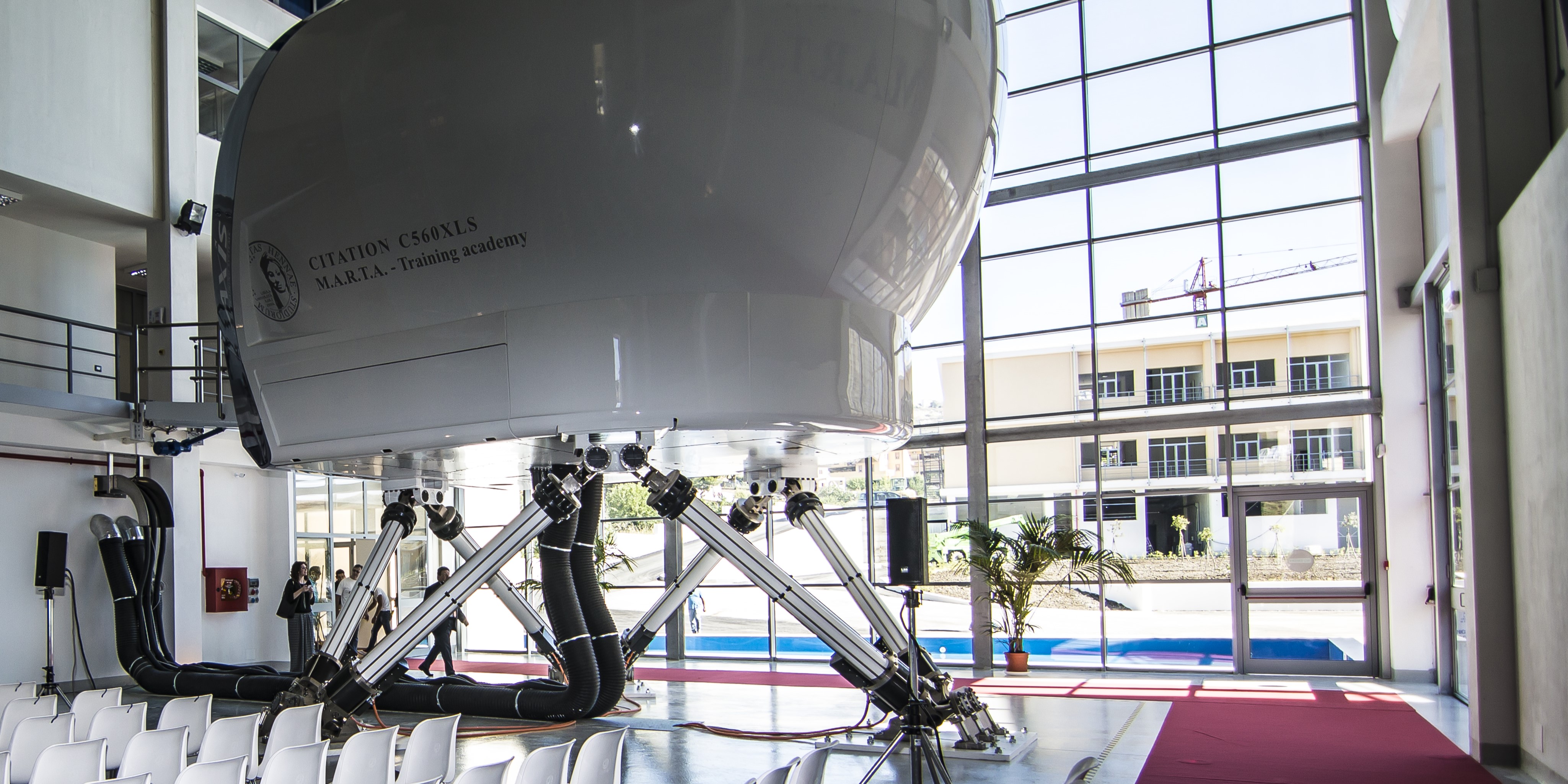
In-Situ damage inception of composite under dynamic loadings
Please login to view abstract download link
Damage of composite materials is clearly a hot topic in research, with more than 50k papers published since 2020. Damage inception is mainly caused by exceptional situations such as debris impacts, crash, etc. All these loading scenarios occur at dynamic conditions where material strain rate sensibility is a critical factor. Although strain rate sensitivity has been previously studied, the number of research is limited due to the inherent difficulties. Koerber et al.[1] studied the strain rate sensitivity of unidirectional composite materials (carbon based) using SHPB, concluding that the strength of the materials could be increased more than 50\% meanwhile the strain to failure could be reduced around 20\% depending on the loading condition. The authors do not focus on notched specimens and neither different stacking sequences so there is no information about its effect on the behavior. The effect of the notch has been studied by some authors in quasi static regime using X-ray(CT) [2] to analyze damage evolution, but none have been addressed under dynamic conditions. Open hole dynamic tests have been performed by the authors in the context of a PhD thesis within the framework of EU’s Clean Sky 2 projects. The preliminary results depicted in Figure 1 showed the failure under both quasi static and dynamic conditions. Indeed, the images in Figure 1 correspond to post-morten specimens and they reveal the different failure mechanisms at both regimes and quantitative envelope of failure (Figure 1 right). In Figure 1 (central) the strain field obtained using digital image correlation is presented, but the results are limited to the external ply (angles) whereas there is no information about the behaviour of the internal plies. A high speed X-Ray radiography is the only way to investigate the interlaminar damage evolution of internal plies during dynamic events.\\ In this work a original work is presented in which the damage inception of notched composite laminates is analysed using Ultra-high speed radiography in combination of Ultra high speed video cameras. The unique facility at the ID19 of the European Sincotron Facility (ESRF), Split Hopkinson Pressure Bar (SHPB) and the Uc3m facilities has been used to perform the experimental campaign.
